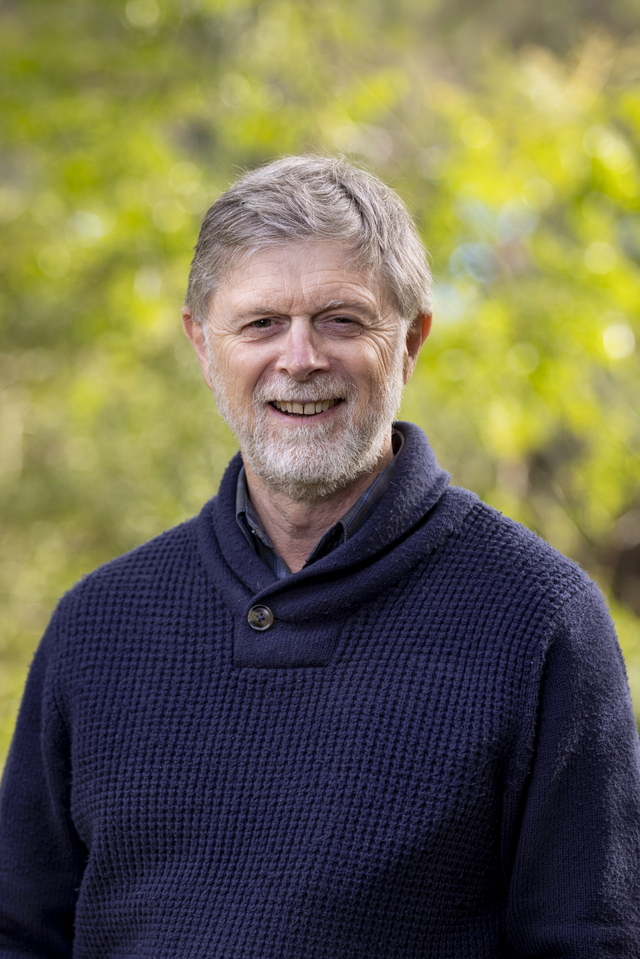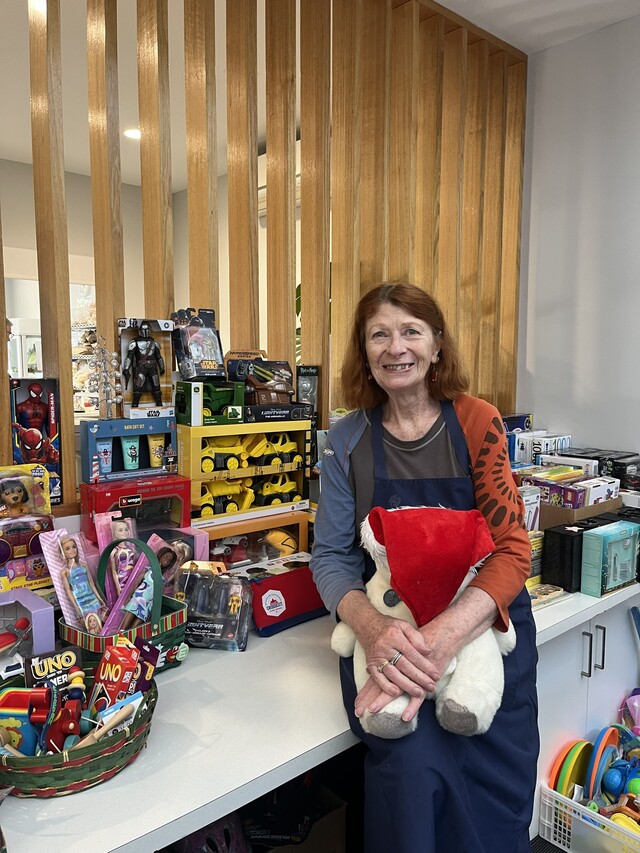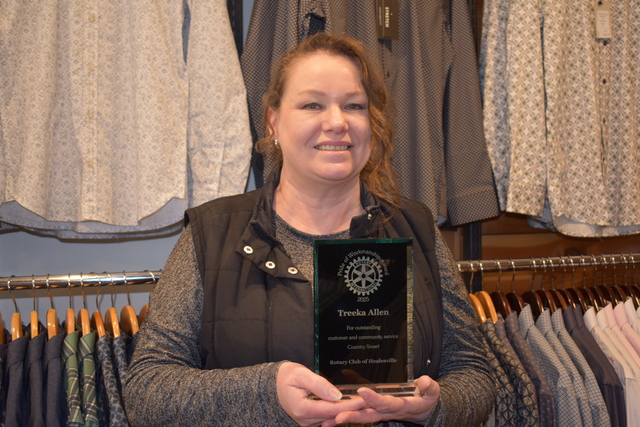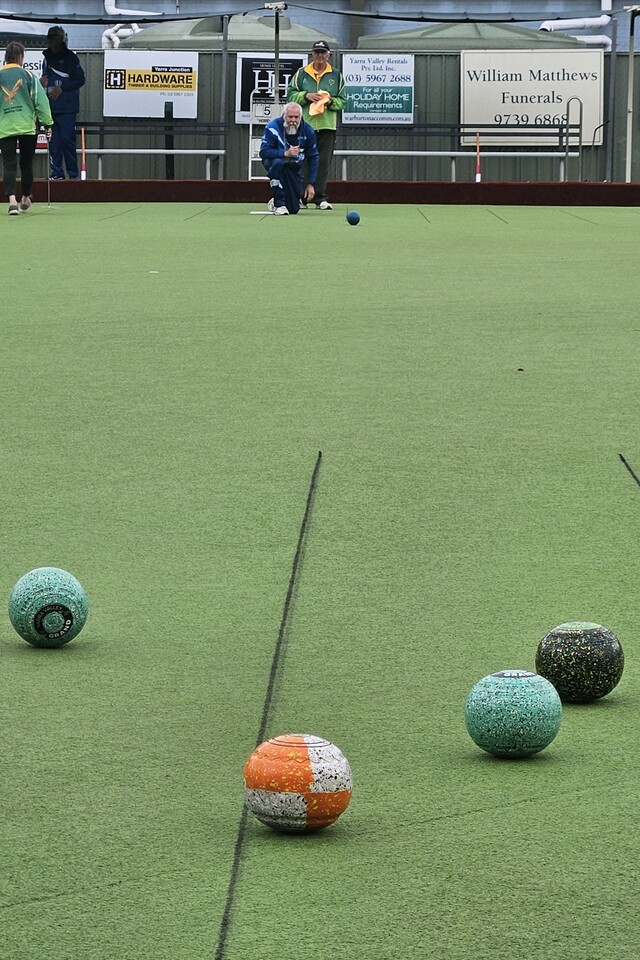From the first woman elected to the Victorian Parliament in 1933 to the first female Premier in 1990, this year marks a significant and historical moment for the Victorian Liberal Party.
Kew MP Jess Wilson being elected as the leader of the Liberals marks a new chapter for the major party, and irrespective of political alignment, it’s a positive step forward for women in government.
Politically engaged Yarra Ranges resident and former council candidate Amy Muratore said, optically, having two female leaders is positive but women are not “necessarily exclusively (recognised for) their experience and leadership qualities”.
“I think Jess Wilson is going to be an excellent opposition leader. She’s incredibly intelligent and she’s a great communicator, and obviously has a wealth of experience,” she said.
“However, we need to acknowledge that the goalposts and the way in which women in positions of leadership are judged is far different to the way men are judged.”
Ms Muratore said she would hope the tropes and stereotypes that are typically rolled out when women are in “positions of power”, like their age, whether they have children and what they’re wearing, can be left behind.
Drawing comparisons between the election of Sussan Ley as Federal Liberal Party leader and Ms Wilson, both rising to power during times of unsteadiness, Ms Muratore said it would take the full backing of the party to ensure Ms Wilson was respected for her leadership.
“When it comes to women in positions of leadership, it takes the people who stand behind them, and also the men that are in the room, when that leader, who is in charge is making the decisions and calling the shots, that they stand by their leader.
“She’s a young, 35 year old, very new MP. Yes, she’s experienced. Yes, she worked for the treasurer. But it will be really interesting to see how the senior men in the Liberal Party respond to having to take orders from her.”
Describing Ms Ley’s appointment as that of “a sacrificial lamb”, Ms Muratore said she felt that her role was undermined by a need to rebuild the party brand.
It could also be a “glass cliff” scenario, a term coined by Australian National University gender equality expert Michelle Ryan and her research partner Alex Haslan, the idea of women and people from minority groups, being thrust into leadership roles during times of crisis.
With more than two decades of parliamentary experience under her belt, Ms Ley was “incredibly qualified” for the job, Professor Ryan said.
“But the timing definitely suggests that it’s somewhat of a glass cliff,” she told AAP in May.
“The fact that they’ve come out of an unprecedented loss at an election, and this is the first time a woman is leading – I don’t think those two things are unconnected.”
Jacinta Allen, who was elected as Labor Party leader after the resignation of Daniel Andrews, Ms Muratore said was “surrounded by a great group of senior and experienced women who are part of the optics and part of the messaging”, making the two parties “apples and oranges”.
She hoped Ms Wilson had the same support network.
As for the outward encouragement for more women to join all levels of government, Ms Muratore said it would “come down to how both women are treated in the media” and just treated in general.
It would require less “gendered rubbish” and a focus on good policy to shift the tide.
Five years ago Ms Muratore ran for council and one of the most asked questions was how she was going to “juggle it with being a mother”, something she doubted male candidates were asked.
“If people are looking to our two senior women leading the state, and they’re actually criticised and critiqued based on leadership and policy, maybe (it will encourage more women).
“But the global trend of women in politics, it’s really depressing. More and more women are not entering because they don’t feel safe to do so, and the women that are, are behaving like men to get to the top.”
With a historic number of women elected to Federal Parliament in the 2025 election, Australia’s reportcard in the global ranking system jumped 11 places to be 13th out of 146 in the Global Gender Gap Index.
In Victoria, 50 per cent of parliament representatives are women. The Liberal Party has 12 female MPs across the upper and lower house from the 32 MPs, including Ms Wilson.
“I’m hopeful that perhaps it will influence the next generation of kids that are politically activated,” Ms Muratore said as a teacher by trade.
“It’s going to be a really interesting time having two women against each other. I think the optics of a young, let’s face it, conventionally attractive, good communicator in the Liberal Party against Jacinta Allen, who has been framed as older, tired, all this kind of stuff will be an interesting thing to watch.”
Women For Election was also contacted for comment and perspective. A response is being prepared.








